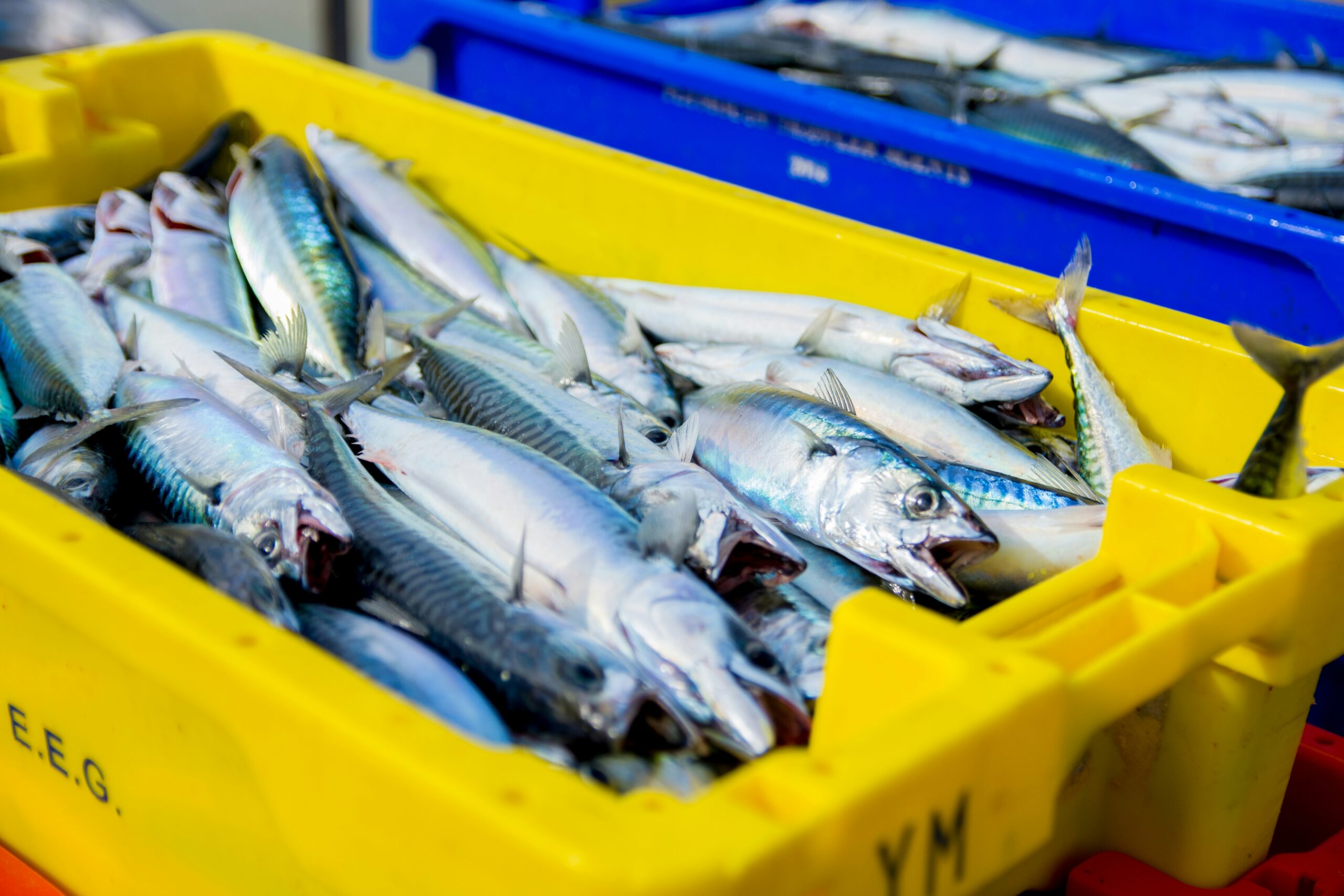Photo by Richard Bell
A long-running dispute between North East Atlantic coastal states has intensified following record Norwegian mackerel catches that have sparked alarm among conservationists and rival fishing nations.
Record week sparks concerns
In week 34, 130 Norwegian vessels landed 27,000 tonnes of mackerel in a single week. Industry figures described it as “a pure rock concert in the Norwegian Sea,” celebrating unusually large fish averaging over 500 grams.
The Killybegs Fishermen’s Organisation argues this represents “massive overfishing and unilateral TAC setting by non-EU Coastal States” driving stock decline.
Scientific warnings
ICES has recommended a 22% quota reduction for 2025, setting the total allowable catch at 576,958 tonnes as the spawning stock approaches precautionary levels.
Despite scientific advice, coastal states—the EU, Norway, UK, Iceland, Faroe Islands, and Greenland—cannot agree on quota sharing, leading to unilateral quotas exceeding recommendations.
Norway’s position
Norway has increased its share to 31.99%—42% higher than the 2014 agreement—citing changing migration patterns that bring more mackerel into Norwegian waters.
By August’s end, Norwegian vessels caught 54,000 tonnes—over one-third of their 150,000-tonne annual quota.
International tensions
The EU threatens “appropriate measures” against continued unsustainable fishing. Europêche calls for Norwegian seafood boycotts, demanding EU action as the world’s largest seafood import market.
Whilst Norway, UK, and Faroe Islands reached agreement in 2023, Iceland, Greenland, and the EU remain excluded. This fragmentation contributed to the fishery losing MSC certification in 2020.
Leading Norwegian publication Fiskeribladet warns that “continued conflict could lead to a collapse that would hit Norwegian fishermen hard,” urging compromise before potential stock collapse devastates all fishing communities involved.
